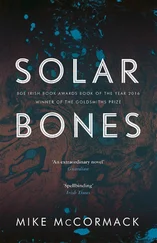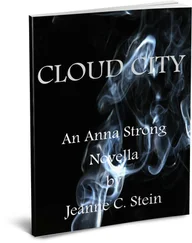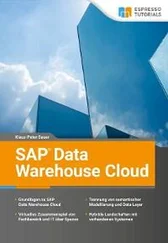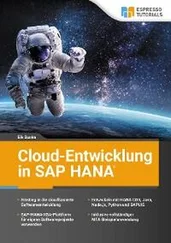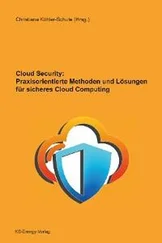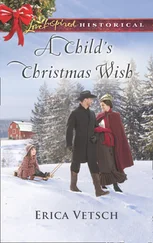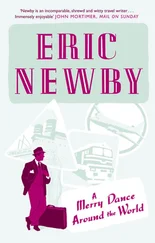A history of the county of Ayrshire recorded that the Kilcorran branch was in operation for more than a hundred years and only closed in the 1890s when a free public library took its place. The original library had been housed in one of the wings of the old Kilcorran town hall, which was demolished at the turn of the century.
But we were sure the subscription library’s records must be preserved somewhere in the town’s archives, so we kept digging. We haven’t so far found the membership and borrowing records, but we did stumble across a list of the librarians who served there.
Now here’s the exciting part: from 1864 till 1866 the librarian in charge of the Kilcorran subscription library was a woman by the name of Ramona Vasquez — a citizen of Mexico — from the city of La Verdad! We discovered subsequently in the city’s archives that her husband, Alonso Vasquez, was an of ficial representative of the Mexican government’s Ministry of Mining. He was based at Kilcorran for two years, studying mining operations in the Uplands before returning to Mexico. It seems that he brought his wife with him for his two-year appointment in the Uplands. She must have been proficient enough in English to be able to look after the Kilcorran subscription library.
We speculate (remember, this is only speculation) that Señora Vasquez may have met Macbane at the library, encouraged him in more ways than one, and possibly received a copy of The Obsidian Cloud, which she may have taken back to Mexico with her — conceivably this very copy which is now yours. We can’t be certain exactly when the Vasquez family went back to La Verdad: we haven’t been able to find any other reference to them in the Kilcorran archives. But if Macbane was indeed the father of Ramona Vasquez’s child, we have yet one more possibly fruitful research avenue to explore. Vasquez is such a popular name in Mexico, future scholars will certainly be kept busy.
On the other hand, thanks to the Scottish Law Reporter, we do now have definitive, albeit limited, information on The Obsidian Cloud and on the life of Macbane himself: he was educated at a local parish school, he was married, he was murdered, and The Obsidian Cloud, published between 1864 and 1866, seems to have been his only work in print. This latter fact would account in part for the lack of success of our earlier inquiries. The most tragic aspect of the matter, from a researcher’s standpoint, is that since all of Macbane’s other papers were incinerated at the time of his death, his entire reputation may have to rest on this one book.
Regarding Macbane’s wife, Isabel, we were also hopeful of finding more about her on the basis of the trial record, but so far we’ve had no luck. Unlike Macbane, she seems to have been kept too busy on her father’s farm to attend the parish school for a basic education. Illiteracy was the fate of most farm children of the day, especially girls. Sadly, it turned out to be one of the important factors in the murder of her husband.
Now that we know Macbane himself went to the parish school, we’re trying to find some documentation on the one located at Kilcorran. These schools existed in every town in Scotland before government-supported education was introduced, so no doubt a file on the Kilcorran school is tucked away in a dusty corner of the vaults of the Ministry of Education. From it we might learn something more about Macbane’s background and parentage, for example.
In sum, I’m very confident that there’s much yet to be uncovered. In my profession we tend to be optimistic. These recent findings show precisely why a curator must never give up.
Now, on a final, related note, I venture once more to beg you to consider donating your copy of The Obsidian Cloud to our permanent collection. I regret that we don’t have suf ficient funds for any kind of remuneration, especially since you’ve already been most generous. But we would certainly issue a tax receipt to you for an appropriate amount, if it would be of any use to you in Canada.
My plan for the book would be to have it installed in one of our special book display boxes in the exhibit area of the centre. These boxes are generally used to show off the works of the great luminaries of Scottish literature: first editions of Hume, Scott, and Stevenson are in one of the boxes right now. But we pride ourselves on showcasing less well-known literary curiosities we feel are deserving of special attention. The Obsidian Cloud would certainly fill that bill.
I myself will be writing a detailed account of our discoveries regarding Macbane in the feature article of the spring issue of Archivists Quarterly. Naturally, you will be fully credited there for your involvement. I am certain the book will become a subject of great interest to scholars of the period. In the not too distant future, I fully expect to see new editions of it in print.
Again, thank you on behalf of the National Cultural Centre for having put The Obsidian Cloud into our hands in the first place. I do look forward to hearing your intentions regarding its ultimate disposal and hope you will consider this institution a worthy recipient.
Yours, etc.
Soulis.
I was as appalled at Soulis’s findings as he was elated.
From his point of view as a curator, it was a job well done. He and his assistant had managed to unearth some key answers to what had at first looked like an insoluble mystery. Most importantly they’d established that a man called Revon Macbane really had once existed, and that this man was indeed the author of The Obsidian Cloud .
In his letter, Soulis barely mentioned Macbane’s brutal death. For him the murderers’ truly unforgivable action seemed to be the incinerating of Macbane’s other papers, which would have been invaluable for scholars.
BUT I WAS NO CURATOR. My link to Macbane and his book was an intimate matter — I’d come to think of him as my author, my discovery. For me, the revelation of how he’d died was as shocking as if I’d just heard that a close friend had been sadistically tortured and murdered.
Indeed, reading the letter only strengthened the feeling that my relationship with Macbane was a special one. I’d always thought it curious enough that Mexico, of all places, was where I’d stumbled on the weird old book that evoked a moment in my own past in Scotland. Now, to find out that Macbane himself had had an actual, physical link — if only in the form of this Señora Vasquez — with Mexico!
Nor could I ever forget the most important way in which Macbane’s life intersected with my own — that, but for him, I’d probably never have known of Sarah’s existence. I owed him a profound debt of gratitude. Which made it all the harder to bear the thought that his brutal murder meant he’d never hold what might be his own child in his arms.
In my frame of mind, Soulis’s letter really was appalling. If I’d even remotely guessed what his research would uncover, I wouldn’t have considered putting the book into his hands. It was almost as though, by making that research possible, I myself had murdered Macbane.
SO THAT WAS my first reaction — regret that I’d ever sent The Obsidian Cloud to Soulis in the first place. By letting the book out of my safekeeping, I’d betrayed Macbane. Because of my curiosity, he’d been dragged into a callous world of “facts” where his weird book and his mutilated body would qualify equally as grist for the scholarly mill.
BUT IN TIME, when I calmed down, I realized that my instinctive response to Soulis’s letter was just a selfish whim. Book lovers naturally do feel a kind of possessiveness and protectiveness in how they relate to certain authors and books, as though they were pets.
Читать дальше

